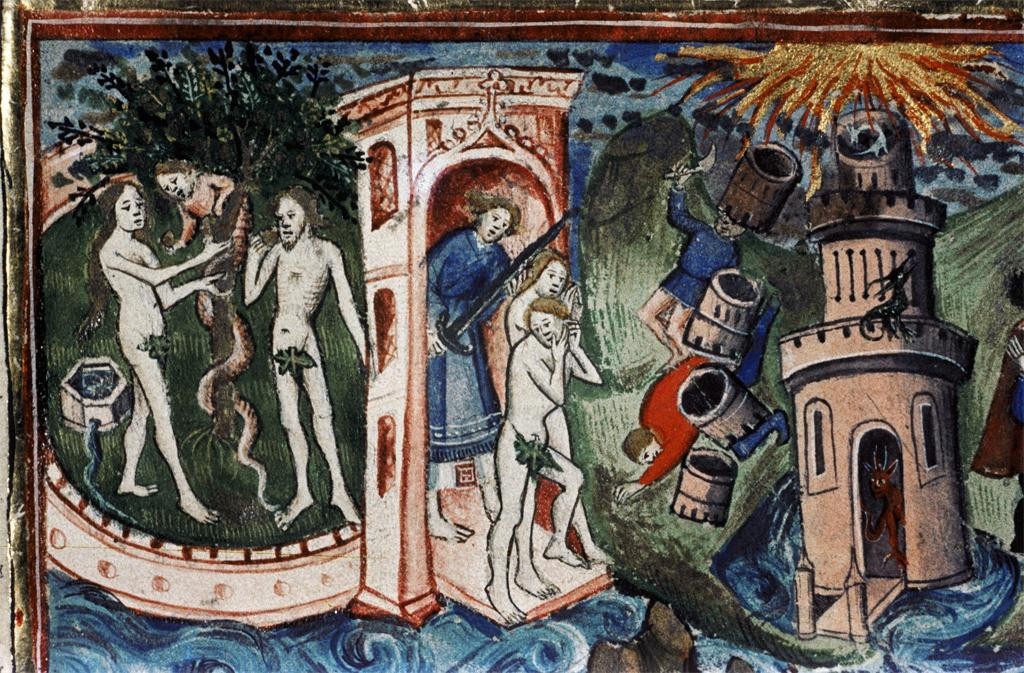
Cory James Krueckeberg and Tom Gustafson’s musical adaptation of Shakespearean classic A Midsummer Night’s Dream utilizes the literary magic of Shakespeare to incorporate pressing and important present day issues regarding homophobia and toleration. Were The World Mine addresses the tale of Timothy (Tanner Cohen), a persecuted gay student at an all-boys private school outside of Chicago, and his fantastical forays into a dream world of songs, dance, and lustful mayhem. An anthem for acceptance and toleration, Were the World Mine incorporates traditional Elizabethan play elements, text, and costumes in the present world of an all male, testosterone-driven play setting. Continue reading





